
This golden statue of Shakespeare's Arial stands atop the Bank of England, over Tivoli Corner looking down Princes Street. She represents the spirit of the Bank with its dealings being transmitted to all parts of the globe.

The Bank of England (formally the Governor and Company of the Bank of England) is the central bank of the United Kingdom and the model on which most modern central banks have been based. Established in 1694, it is the second oldest central bank in the world.


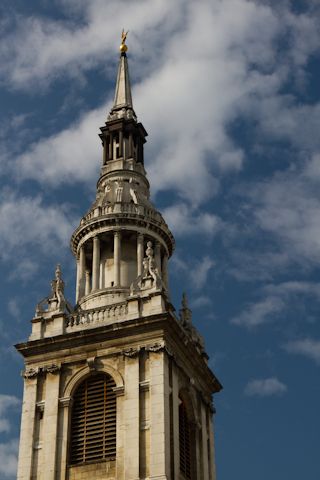
A German bomb destroyed much of the current building during the London Blitz on May 10, 1941

Archaeological evidence indicates that a church existed on this site in Saxon period England. A medieval version of the church had been destroyed in the late 11th century by one of the earliest recorded tornadoes in Britain, the London Tornado of 1091. During the Norman period, a church known as 'St Mary de Arcubus' was built and was famed for its two arches ('bows') of stone.

The organ is a two-manual and pedal design by Kenneth Tickell and Company, with design and construction initiated in 2004.

St Paul's Cathedral is a Church of England cathedral and seat of the Bishop of London. Its dedication to Paul the Apostle dates back to the original church on this site, founded in AD 604.
At 365 feet high, it was the tallest building in London from 1710 to 1962, and its dome is also among the highest in the world
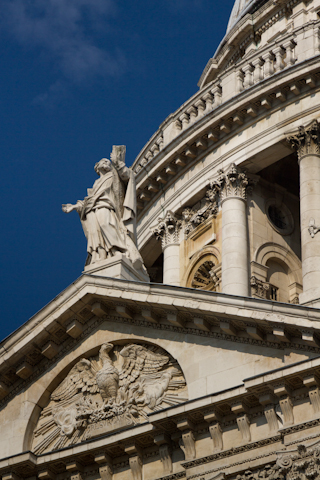




The north-west tower contains 13 bells hung for change ringing while the south-west contains four, including Great Paul, at 16.5 tons, the largest bell in the British Isles, cast in 1881.
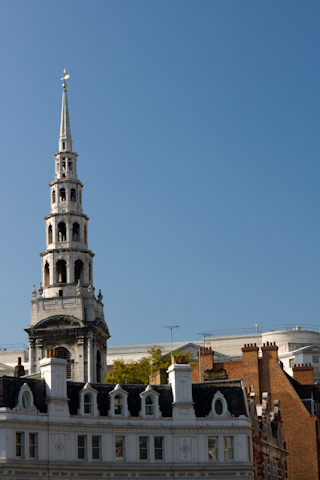
It, like Saint Paul's and Saint Stephen Walbrook, was designed by Sir Christopher Wren in 1672. Though fire largely gutted Wren's original building during the London Blitz in 1940. It is the 2nd tallest of all Wren's churches, with only St Paul's itself having a higher pinnacle. The tiered spire is said to have been the inspiration for the design of modern tiered wedding cakes.
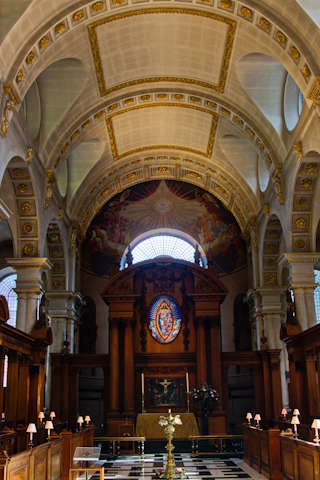
The present St Bride's is at least the seventh church to have stood on the site. Traditionally it was founded by St Bridget in the sixth century. After WWII Saint Brides's was rebuilt at the expense of newspaper proprietors and journalists.

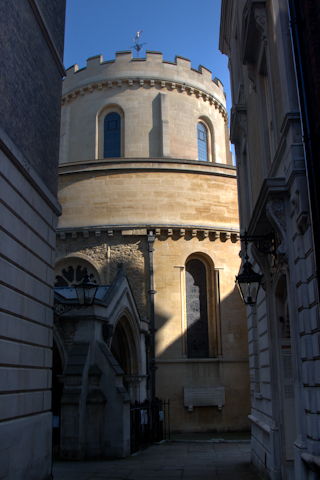
The Temple Church was built for and by the Knights Templar as their English headquarters. It is famous for being a round church. It was heavily damaged during the Second World War but has been largely restored.

The round church was consecrated in 1185. It is modeled after the circular church of the Holy Sepuichre in Jerusalem.
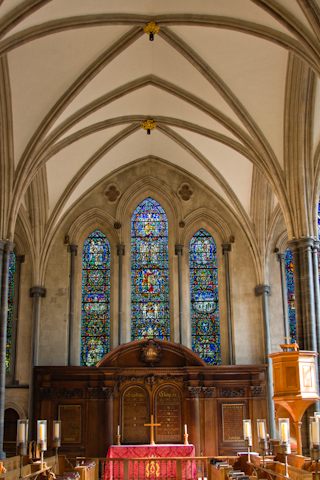
The church was refurbished by Christopher Wren, who made extensive modifications to the interior, including an altar screen and the introduction of an organ to the church for the first time. The Temple Church was burned badly during WWII and restored to Wren's vision.





Griffin statue atop the Temple Bar monument, which marks the boundary between the City and Westminster.

The building is in the Victorian Gothic style and was designed by George Edmund Street, a solicitor turned architect. It was built in the 1870s. The Royal Courts of Justice were opened by Queen Victoria in December 1882.


The origin of the name began in the 9th century when Danish settlers who had married English wives were allowed to settle in the area. They built a small church called "Saint Clement-of-the-Danes".
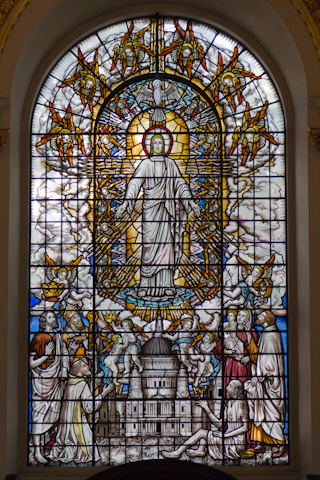
The current building was renovated in 1682 by Sir Christopher Wren - boy was he busy.

During WWII the church was hit by an incendiary bomb and lay abandoned for a decade. In the 50's the Royal Air Force requested to make the church its own and rebuilt the church following Wren's plans.





The earliest extant reference to the church is from 1222 when it was used by the monks of Westminster Abbey. Henry VIII rebuilt the church in 1542 to avoid plague victims from the area having to pass through his Palace of Whitehall. At this time, it was literally "in the fields" in an isolated position between the cities of Westminster and London.


I was able to listen to 30 minutes of a concert - free - given in the church. They have free concerts at least weekly, but it seemed like a daily event. Very soothing to be in this environment with lovely piano music.

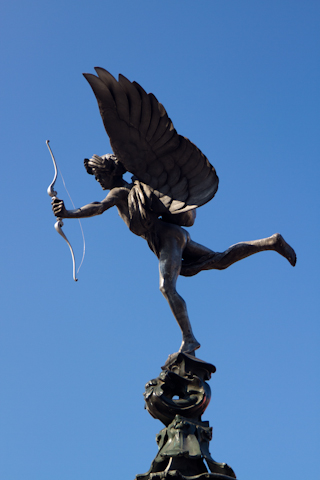
The monument is by Alfred Gilbert and is a winged nude statue of an archer, sometimes referred to as The Angel of Christian Charity and popularly known as Eros after the mythical Greek god of love.

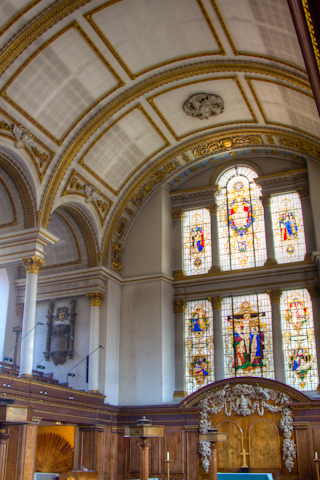
Saint James's Church is an Anglican church, and you guessed it - it was designed and built by Sir Christopher Wren.



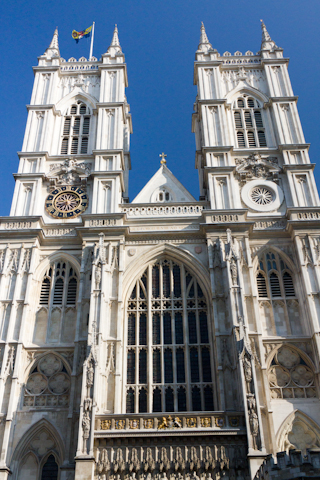
The Collegiate Church of St Peter at Westminster, popularly known as Westminster Abbey, is a large, Gothic church.


Cal went through security to enter the House of Commons - there was no line!! The security was tight - each visitor is required to wear a photo identification badge. Then you are escorted in a small group through the church to the entrance to the Palace. Once there it was to be anywhere from 40 minutes to and hour to enter. Like the US congress seating is open to the public and unless someone leaves a new person cannot go in - so Cal decided not to stay.




